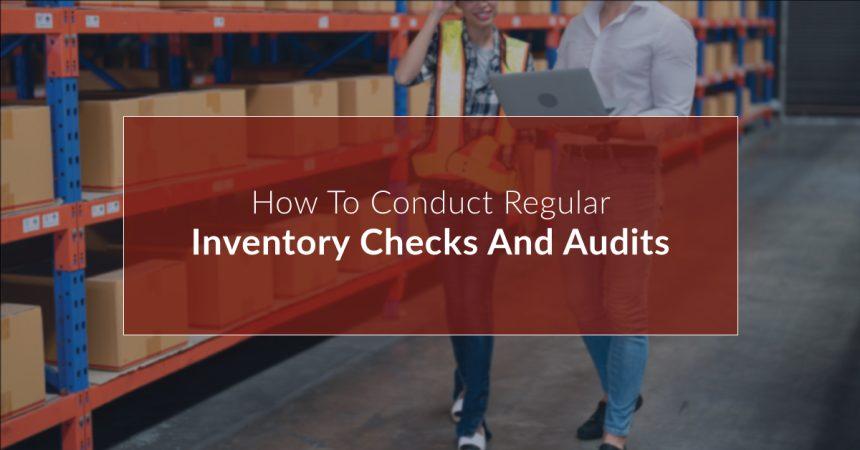As a business owner, conducting regular inventory checks and audits is an essential part of managing your inventory. Regular checks and audits can help you identify any discrepancies, reduce waste, prevent stockouts, and improve your profitability. In this article, we’ll explore the steps you need to take to conduct regular inventory checks and audits.
- Set a schedule for inventory checks and audits: The first step in conducting regular inventory checks and audits is to set a schedule. This schedule should take into account the size of your inventory and the frequency of sales. For example, a restaurant that receives daily deliveries may conduct inventory checks and audits daily, while a retail store that receives weekly deliveries may conduct inventory checks and audits weekly.
- Plan and organize the inventory count: Once you’ve set the schedule for inventory checks and audits, it’s time to plan and organize the count. Make sure to gather all necessary tools such as clipboards, pens, and inventory sheets. Assign specific areas to employees, and make sure they understand the count process and any inventory management software or tools being used. It’s also important to ensure that inventory areas are free from clutter and items that are not part of the inventory count.
- Conduct the inventory count: The inventory count itself is a crucial step in the inventory management process. Make sure to count each item carefully, and record the count on the inventory sheet. Consider using a barcode scanner or inventory management software to make the process faster and more accurate. Make sure to use the first-in, first-out (FIFO) method to ensure that the oldest inventory is used first.
- Reconcile the physical count with the inventory management system: Once the physical count is complete, it’s time to reconcile it with the inventory management system. Compare the physical count with the inventory levels recorded in the system, and identify any discrepancies. If there are any discrepancies, investigate the cause and take appropriate action, such as adjusting the inventory levels or updating the system.
- Review and analyze inventory data: Once the inventory count is complete and reconciled, it’s time to review and analyze the inventory data. Look for trends, such as items that are frequently overstocked or understocked, and use this information to adjust future inventory orders. Consider using inventory management software or tools to generate reports that can help you analyze inventory data more effectively.
- Take action to improve inventory management: Based on the analysis of the inventory data, take action to improve inventory management. This may include adjusting inventory levels, reorganizing the storage area, or changing ordering patterns. Consider creating an inventory management plan that outlines specific actions to be taken in response to different inventory situations.
- Repeat the inventory checks and audits process regularly: Conducting inventory checks and audits should be a regular part of your business operations. Make sure to repeat the process on the schedule you’ve set, and adjust the schedule as necessary based on the size of your inventory and the frequency of sales. The more frequently you conduct inventory checks and audits, the more accurate and effective your inventory management will be.
In conclusion, conducting regular inventory checks and audits is essential for effective inventory management. Set a schedule, plan and organize the inventory count, conduct the count carefully, reconcile the count with the inventory management system, review and analyze inventory data, take action to improve inventory management, and repeat the process regularly. With these steps in place, you’ll be well on your way to better managing your inventory and improving your business’s profitability.



Leave a Reply